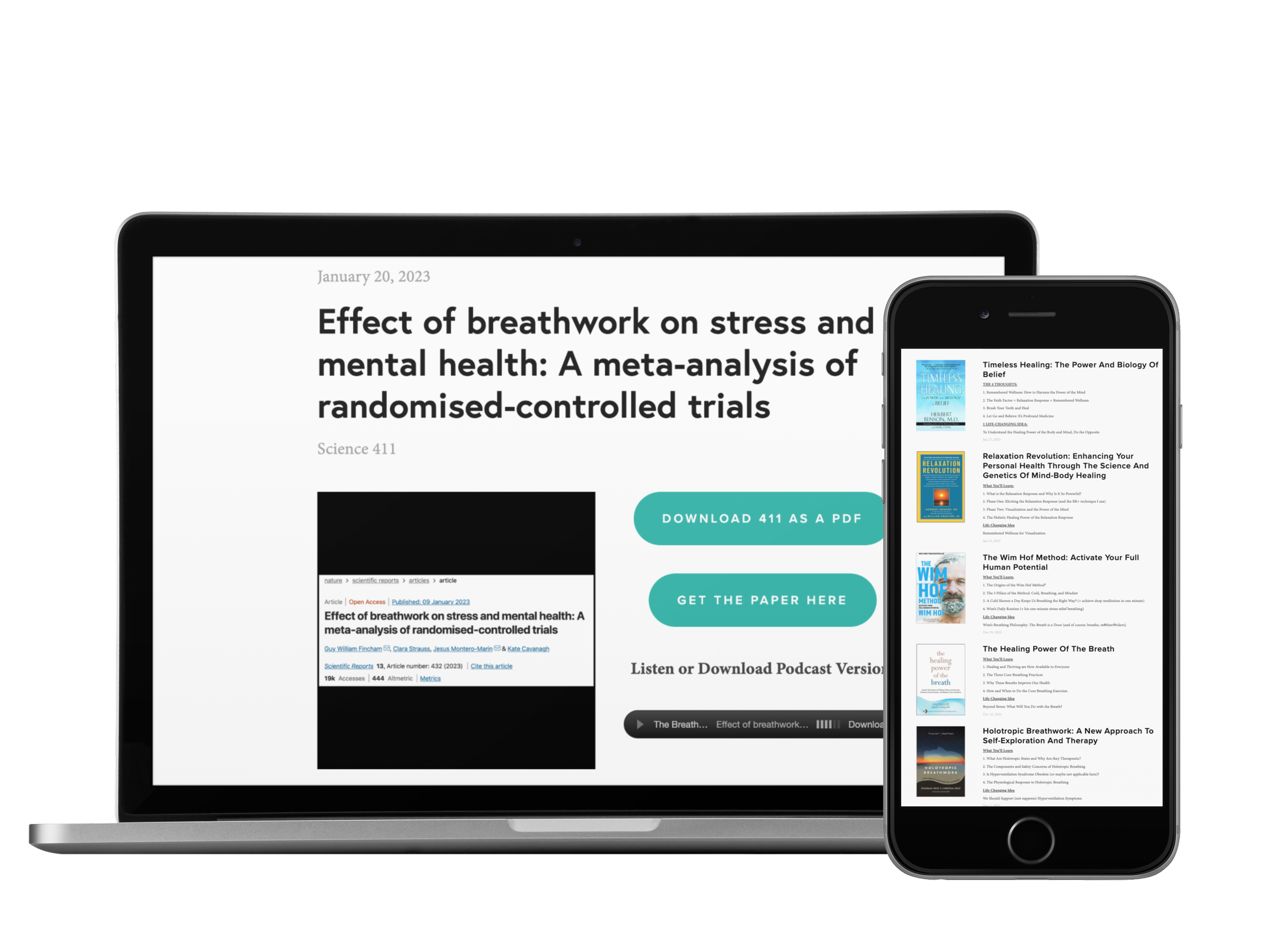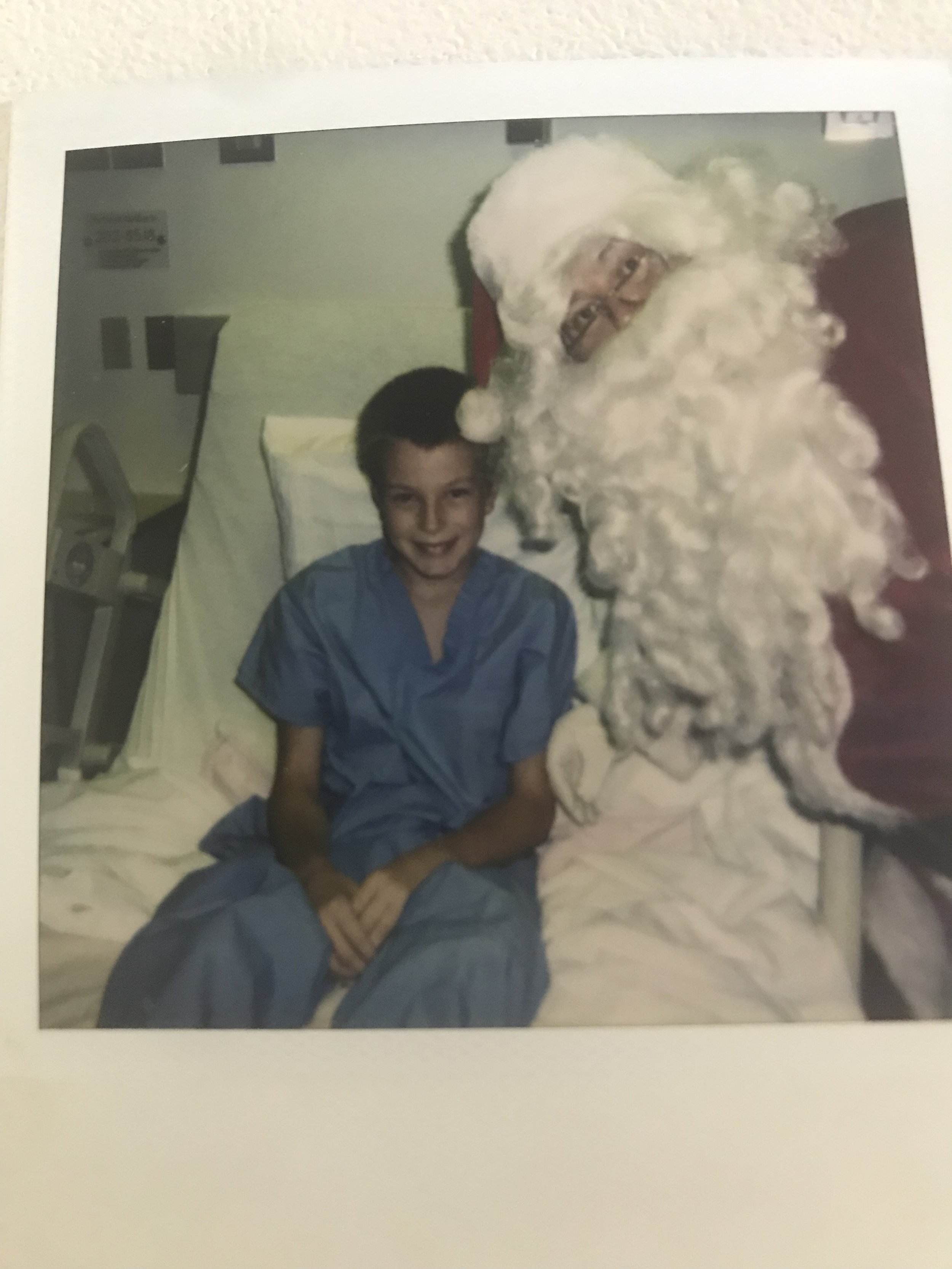Listen Instead of Reading
If you enjoy listening, you can subscribe to the audio version on Spotify, Apple Podcasts, and Audible so you don’t even have to look at the email 😊
4 THOUGHTS
1. Build-a-Breath: Breath Stages and the Nervous System
“Vagal activity is enhanced during the postinspiratory period and inhibited during the postexpiratory period.” - Kromenacker et al. (2018)
When I read this somewhat unassuming sentence, it actually led to a pretty big “aha moment” for me. It means:
Inhalations: Sympathetic
Inhale-Pauses: Parasympathetic
Exhalations: Parasympathetic
Exhale-Pauses: Sympathetic (I had never actually thought about this one and just assumed it was parasympathetic.)
Let’s apply this to a real-world example: the popular 4-7-8 breath. Using the above relationships, we see that 4 seconds are spent in sympathetic and 15 parasympathetic—no wonder it’s so relaxing.
With this information, you can now assemble and tailor a breath to meet your needs using a simple app like Breathe: iPhone & Android.
The power is yours…have fun with it 🙏
2. One Way to Stop Overbreathing: Mouth Tape at Night
“Taping the mouth at night ensures the benefits of good breathing during sleep, allowing you to fall asleep more quickly, stay asleep longer, and wake feeling energized.”
– Patrick McKeown, The Oxygen Advantage
And if that’s not enough, it’s also one way (among many changes we need to make) to train our bodies to breathe less in general.
As Patrick says, “Spending a guaranteed eight hours breathing through your nose while you sleep is an opportune way to reeducate your respiratory center to adjust to a more normal breathing volume.” 👏 👏 👏
***
P.S. If you want more amazing wisdom from The Oxygen Advantage, I just released a Book 411 summary on it in the Learning Center.
3. How to Work with the Root of Emotional Imbalances
“No matter how out of control we feel, how low our energy is, or how large our problems seem to loom, wind energy training is an effective intervention for all emotional imbalances. When we work with the breath, we work with the root of the problem.”
- Anyen Rinpoche & Allison Choying Zangmo, The Tibetan Yoga of Breath
I have nothing to add except to repeat that last sentence: “When we work with the breath, we work with the root of the problem.” 👏
4. A Tiny Thought On Why Breathing Helps Everything
Since no bodily function can occur without breathing, it just makes sense that breathing, in some way, influences every bodily function.
Breath is Life Learning Center
“I wish everyone in the world knew about the Breath Is Life Learning Center. My life has improved through your easy-to-digest and often entertaining information.” - Happy Member
1 Quote
““For something so simple, automatic, and for most people, unconscious, breathing carries with it great power.””
1 Answer
Category: Breathing and Emotions
Answer: Using fMRI, researchers have found that breathing influences activity in this region of the brain, an area associated with emotional regulation and response.
…
(Cue the Jeopardy! music.)
…
Question: What is the cingulate cortex?
In good breath,
Nick Heath, T1D, PhD
“Breathing is the compound interest of health & wellness.”
* An asterisk by a quote indicates that I listened to this book on Audible. Therefore, the quotation might not be correct, but is my best attempt at reproducing the punctuation based on the narrator’s pace, tone, and pauses.
Sign Up For The Breathing 411
Each Monday, I curate and synthesize information from scientific journals, books, articles, and podcasts to share 4 thoughts, 1 quote, and 1 answer (like "Jeopardy!") related to breathing. It’s a fun way to learn something new each week.




